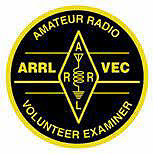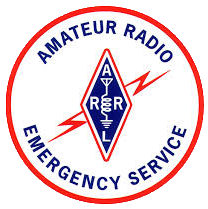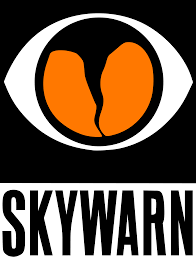I usually do a "Field Day & EMCOMM" presentation right around Field Day, highlighting how Field Day is good practice for deploying Amateur Radio in an emergency. But the recent West Georgia Amateur Radio Society presentation by WD8LQT about Summits on The Air brought to mind how much both Summits on The Air (SOTA) and Parks on The Air (POTA) also provide valuable EMCOMM experience for both those taking to the field and chasers at home in their shacks,
Both SOTA and POTA, like Field day test our ability to setup, troubleshoot, and operate radio equipment in a remote location in a short period of time. The short setup and operating windows, remote location, and the additional challenge in many cases of having to pack up gear for for use at the remote location is great practice for prepping for being deployed.
Both SOTA and POTA allow you participate as a field operator or at home. In the case of the person in the field, the location may be a relatively easy one accessible by car, or as challenging as a multi-day backpacking excursion. In the latter case, learning to pack up for an extended field trip would be very educational if you were to ever be field deployed to a disaster area. Remember, one of the tenets of EMCOMM deployment is to be as self-sufficient as practical, so as not to put further demands on resources in a disaster area.
I've been out on exactly ONE SOTA activation at the time this is written, but I learned an awful lot on that trip. While I knew 100W or 1KW wasn't a requirement for making contacts, we usually leave our home and Field Day equipment running at maximum power. Not so when you're in the field and have to carry your power source with you. I soon realized how much could be done QRP - making contacts in Canada from Eastern Alabama on 10W! John (WD8LQT) remarked our EMA director would talk about how we can throw a wire in a tree and talk, and he was right. My 20-meter antenna was hanging fifteen feet off the ground while I was making QRP contacts. There's a valuable lesson in learning, when power is scarce, we can turn the power settings down and still make contact.
That SOTA activation also taught me to carefully think through what I need for the trip. My antenna was probably needed 10 ft of coax, but I dragged 30ft or more of coax up that hill with me, along with a full size rig. Luckily, I had some light-weight Li-Ion batteries, but the other equipment more than made up for my weight saving batteries. This is also good experience for real-world deployments: learning how to pack as light as practical and still have the necessities to complete your assigned task.
Finally, for those hitting the field, whether you want to drive the car to a location with a nearby picnic table, hike up the hill for an afternoon, or backpack across the countryside, you can combine your appreciation for the outdoors with your amateur radio hobby, at whatever level.
Setting aside the people activating the summits, there's also great learning opportunities for those who may not want, or be able, to engage in field activations. EMCOMM certainly requires people to deploy, but they must have people to communicate with! Those who operate from their homes making SOTA and POTA contacts will be trying to pick a low-power station out of the noise and make an exchange. Likewise, in an emergency situation, there must be stations to receive and relay the traffic from those who are deployed. Fine tuning your skills at picking that faint voice making SOTA & POTA contacts may be invaluable in an actual emergency where critical information needs to be conveyed.
In conclusion, SOTA & POTA can be a lot of fun for both the activators and the chasers, working together to make contacts during challenging conditions, honing our skills at both sending and receiving traffic and at the same time better preparing ourselves for service during emergencies.




